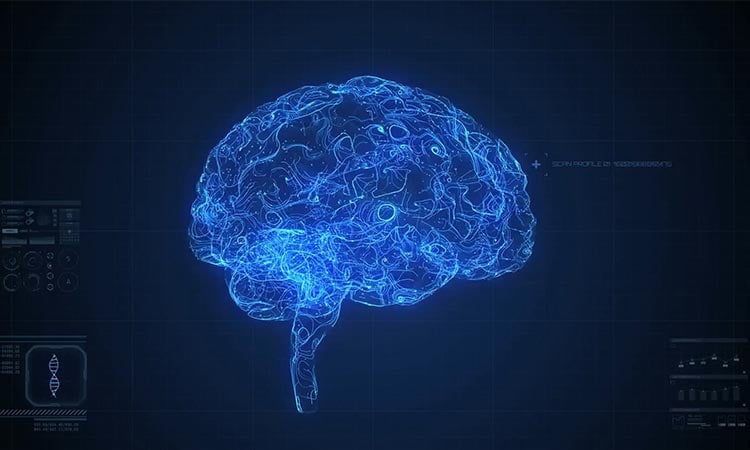AI and Brain-Computer Interface May Predict Intended Motion in Those With Paralysis

Artificial intelligence (AI) machine learning combined with brain–computer interface (BCI) neurotechnology is offering a glimmer of hope for the disabled. A new study published in the Journal of Neurophysiology shows how an AI-enabled BCI has the potential to enable those with severe paralysis from spinal cord injury to control external devices by predicting intended movement using a wearable sensor.
“This wearable system has the potential to enable people with tetraplegia to control assistive devices through movement intent,” wrote the researchers affiliated with Carnegie Mellon University, the University of Pittsburgh, Imperial College in London, and the Battelle Memorial Institute in Ohio.
Read the full article here.